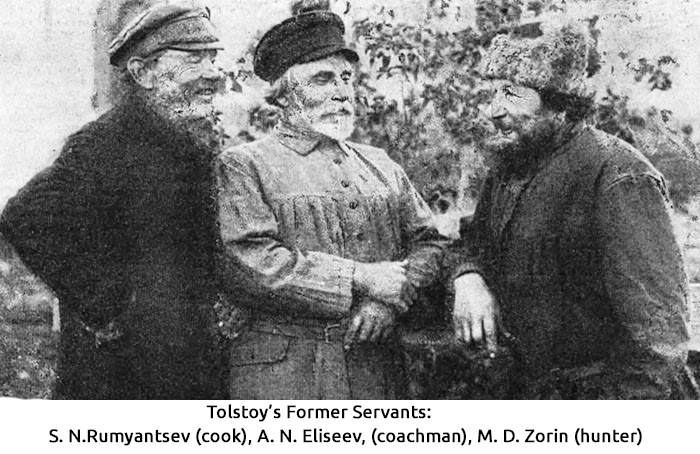
Back in 1935, when the 25th anniversary of Leo Tolstoy’s death was marked by many Soviet newspapers and magazines, my father was sent to Yasnaya Polyana, Tolstoy’s former estate and burial place.
He was given an editors’ assignment to bring back some new interesting facts about the deceased author of War And Peace and many more world-famous books.
This is how my father described that trip in his memories some 50 years later.
“The director of the local museum introduced me to Adrian Pavlovich Eliseev, Leo Nikolayevich’s former coachman. On a damp autumn night in 1910, it was he who took Tolstoy away from home forever.

The talkative old man told in great detail about the trip to Shchyokino station, where the writer boarded the train to set off on a journey without return.
— Who else is alive from the local people who knew Tolstoy well? — I asked him.
Adrian Pavlovich took me to the village of Yasnaya Polyana. We looked into a dozen huts. The old people who lived in them remembered Leo Nikolayevich very well.
Some hunted black grouse with him, some went bear hunting. Almost all of them studied at the school that Tolstoy created in his home for peasant children in his youth. It was wonderful how vividly and directly they told about it!
When they entered the neat, iron-roofed hut, Adrian Pavlovich said not without pride:
— A very curious man lives here. He is from Leo Nikolayevich. But we won’t be able to talk to him: he is very ill.
We entered the hut, and my guide nodded at the stove-bench: “There.” A man was coughing hard on the hot stove, his head covered with a sheepskin coat.
The owner of the house, an ancient old man, apparently a hero of the Russian land in the past, was Tolstoy’s constant companion on the hunt; he went with a spear to hunt bears.
— An important man! — said Adrian Pavlovich. — And you should have seen what a beauty his daughter was! Leo Nikolayevich liked her, and, as it happens, she gave birth to his child…
And he added in justification of the great writer:
— He made up a lot about how landowners fell in love with simple peasant women. And in order to describe everything correctly, he had to experience and feel everything himself, as it should be.
Adrian Pavlovich pointed out Tolstoy’s living legacy in four more huts.”





